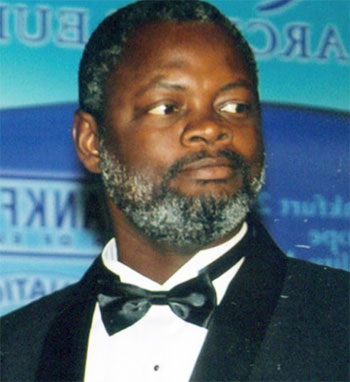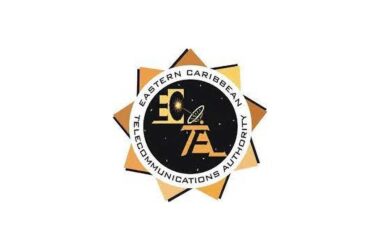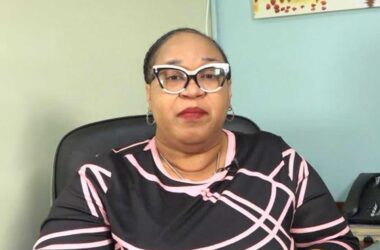ONE of the island’s leading engineers has come out with some pertinent questions surrounding the latest report on the current state of the ill-fated St. Jude’s hospital.

John Peters, a former Chief Engineer, told The VOICE that he is finding it difficult to believe the integrity of an assessment report drafted by the Caribbean Development Bank (CDB) recommended by Gilbert Fontenard, calling the concluded sum of $100 million needed to complete the hospital a folly.
Peters said that contrary to claims that renovations would include the knocking down of walls that would interfere with the structural integrity of the hospital, the majority of the internal walls could instead be partition walls, allowing for some adjustments to be made.
He referred to the concluding sum “baffling”.
“It is highly improbable that the modification of three buildings can cost $100 million,” Peters said. “This is the next baffling component. The Report has no analysis of how this figure was arrived at, there is no breakdown to follow, which one would expect from a technical report and, thus, that figure in my view has no basis for decision-making.”
Peters refuted claims that a total sum of $118 million had already been spent on the hospital.
He said: “It is important to also correct the misinformation on the cost to date. The Report has stated that $82.5 million has been certified and paid, there are outstanding invoices for about $2 million and there were advance payments of roughly $5 million for equipment not yet procured. So what we see on ground and the millions of dollars of materials stored in various locations is about $79.5 million of activity. The Report does not say $118 million has been spent.”
Ever since the report was released, Consultant Engineer on the St. Jude Hospital Reconstruction Project, Norman St. Ville also lent his engineering expertise to the ongoing project, and has since come under fire for his findings. However, Peters said he is only working with the information presented to him, albeit questionable information.
Peters said: “Mr. St Ville is basing his conclusions on the Technical Audit and thus it is the findings of the report that he is reporting. While he has been heavily criticized, Norman St Ville is a fine engineer. So it comes down to the integrity of the report. Most engineers will stay away from characterization of projects by percentage as it can be very deceiving.”
He added: “The Consultant has failed to provide the details on how the estimated sum of $100 million for the modification works, which are predominantly located in three buildings, was developed. I would maintain that from the findings of the report, that this is a highly improbable sum. The Consultant has a responsibility to provide such details to the Government.”
On the issue of the Prime Minister’s refusal to allow the St. Lucia Association of Professional Engineers to do another assessment and give a second opinion on the hospital’s state and fate, Peters said that although it is a sign of confidence in Fontenard’s work, it is remiss of him to ignore the expertise of the association.
“I would say that St. Lucia has some very good engineers in the private sector who are true patriots and would offer a second opinion on a matter of national importance at no cost,” Peters said. “The Association of Professional Engineers has been involved in every major crisis St. Lucia has faced in the last 25 years. Our engineers were out in the field after the Christmas floods.”
He continued: “The Association has commented on various studies done by the Government and has put together experienced sub-committees to do these reviews. I would strongly urge him to utilize the wealth of experience that resides within the Association of Professional Engineers as well as in the Institute of Architects.”
Lending his expertise to the fray, Peters said although much work is needed, there is one task that must be done sooner rather than later: the roof of the section of the George Oldum National Stadium, which has been a temporary home for the hospital since the deadly fire in 2009, should be removed as soon as possible as it is on the verge of collapse.
Peters highlighted another pressing matter which, he said, needs to be addressed: “The harsh reality is that we have been on deficit budgets for about 4 years. This year, we are close to borrowing $300 million to balance our budget; this is unsustainable. We do not have $100 million to spend, so that figure should be dismissed from the conversation.
“We should fix the budget for the completion at, say, $20 million, which is based on drawing down the balance of the Taiwanese loan and then use the materials we have in stock and equipment we have paid in advance and create a functional hospital before the next hurricane season.”















